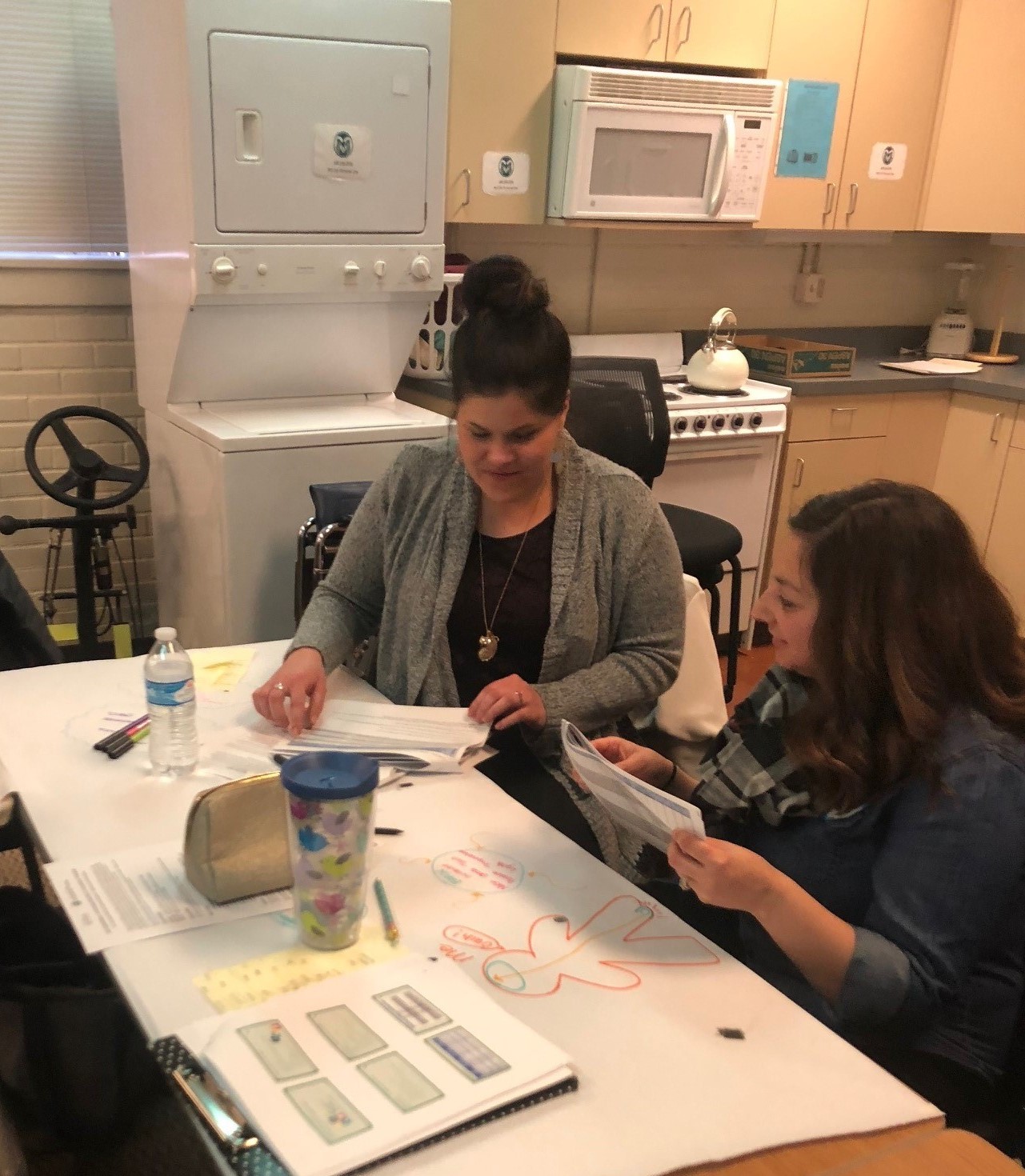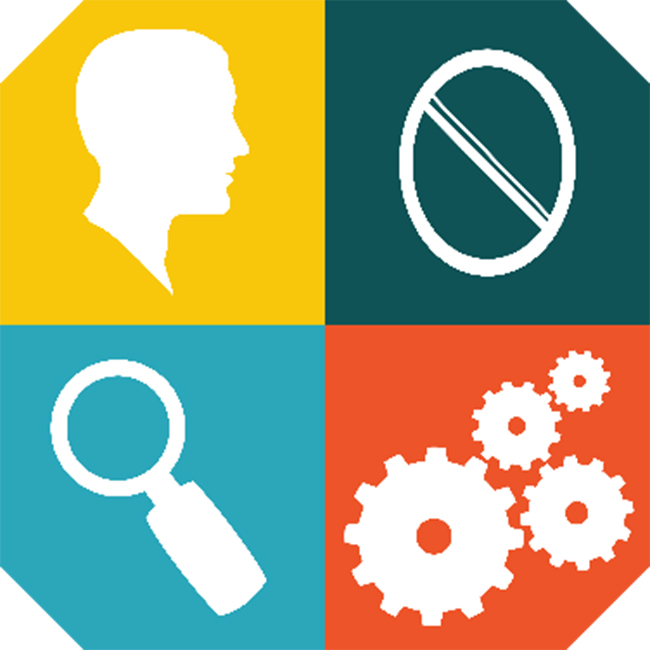Story by Emily Bord
“After a couple years of repeatedly taking two steps forward and one back, I actually became pain-free,” explained Linda Crawford, occupational therapist and chronic pain rehabilitation specialist. “I had been an occupational therapist for over twenty years when I was injured helping move a patient in the hospital. After a year of trying everything I was told to do, I ended up in chronic pain and was barely able to leave my house. I had to dig deep into my occupational therapy identity to change the course of my treatment from ‘doing as I was told’ to a self-directed search for answers and a process that worked for me.”
Crawford’s experience with pain led her to starting her own practice to help others find recovery and to using a more comprehensive model, the bio-psycho-social model for treatment of chronic pain. This model recognizes the complexity of chronic pain as a whole-person experience and not just a physical one.
Karen Atler, assistant professor in the occupational therapy department at Colorado State University, paired up with Crawford to support tools and treatment approaches for occupational therapists equipping them with creative and effective ways to help people reduce pain, rebuild their lives and renew their joy. “We want to inspire occupational therapists to help people study ‘the science of you’ in order to collaboratively design a therapy plan that works for them,” said Crawford.
Shifting focus of treatment

Chronic pain can be a debilitating condition and can make it difficult for people to engage in and enjoy their daily activities. Crawford explained, “There is a long-held belief that treating the physical symptoms of pain is the way to treat chronic pain.” However, pain is more than a physical symptom.
“Pain is actually produced by the brain, and not in the body, as a protective response to perceived threats, like an alarm system,” explained Crawford. “Emotions, beliefs, knowledge, memories, social interactions and even the location a person is in can trigger the alarm system and pain increases.”
By looking at the physical, emotional and social aspects of a person’s unique life, Crawford believes occupational therapists can help identify alarm triggers and develop ways to increase a person’s sense of safety and well-being leading to a happier and healthier life.
New tools for practice
Crawford and Atler began using a time-use tool, the Occupational Experience Profile, created by Atler to help people in pain identify triggers and understand how their daily experiences may further influence their pain. “The OEP helps the therapist and client explore not just what they do but how they experience what they do,” said Crawford. “The data my patients and I are able to glean from this tool is so valuable in the process of helping to guide people into a healthier life with less pain.”
Making a difference
 Because of the success of the OEP in combination with the holistic treatment employed by Crawford, Atler and Crawford held a pre-conference institute at this year’s American Occupational Therapy Association Conference in Salt Lake City, Utah. Attendees reported that the institute was very useful. One person stated, “It (the course) changes the way I think about pain and expanded my idea of how occupational therapy can address pain and chronic pain.”
Because of the success of the OEP in combination with the holistic treatment employed by Crawford, Atler and Crawford held a pre-conference institute at this year’s American Occupational Therapy Association Conference in Salt Lake City, Utah. Attendees reported that the institute was very useful. One person stated, “It (the course) changes the way I think about pain and expanded my idea of how occupational therapy can address pain and chronic pain.”
Occupational therapists like Atler and Crawford are key in addressing the chronic pain epidemic. “It takes time and it takes compassion, not just pushing through it for chronic pain to change,” said Crawford. “As health professionals of people in pain, through listening, supporting and offering empathy, we can make a difference.”
The Department of Occupational Therapy is part of CSU’s College of Health and Human Sciences.